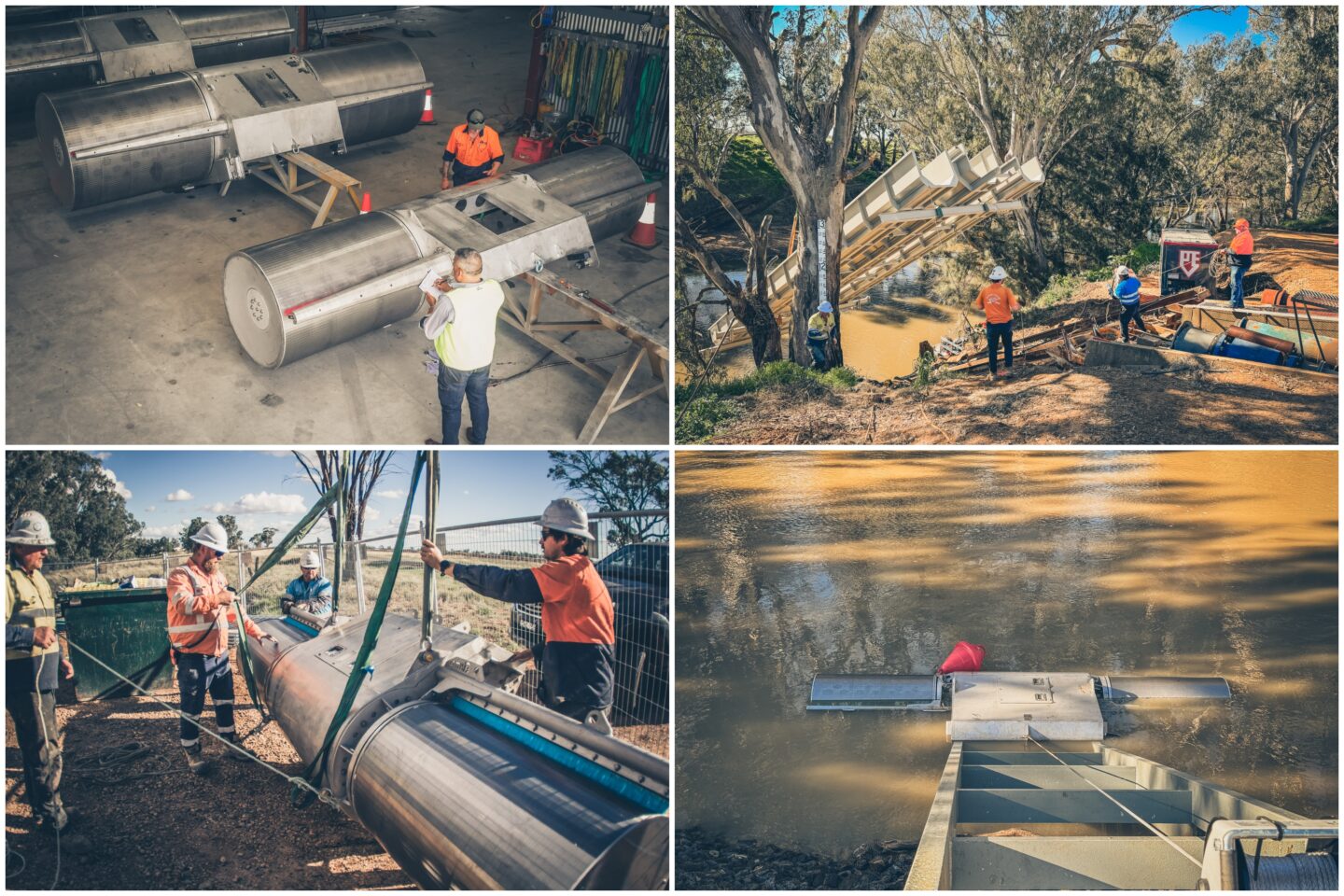Charting progress of screening in Australia

New research explores the advantages of implementing modern fish-protection screens in Australia’s waterways.
“Realising the benefits of modern fish-protection screening in Australia,” published in Marine and Freshwater Research, discusses the key ecological, social, and economic benefits.
Benefits & barriers
These benefits include preventing the loss of native fish and the elimination of debris from water intakes. The study highlights the ongoing challenges faced by freshwater ecosystems, emphasising the need for innovative technologies that support both agricultural productivity and biodiversity conservation.
The paper discusses the barriers to the widespread adoption of these screens, including the high initial costs and a lack of awareness among water managers and policy makers. It calls for increased education, incentives, and other support to drive adoption, noting that fish screens are a cost-effective solution in the long term due to economic savings.
Progress & priorities
In New South Wales, 36 pumped water diversions were screened from 2018 to 2024. These installations protect over 819,000 native fish annually and can deliver up to 2600 ML of cleaner water per day, servicing over 23,000 ha of irrigated agriculture. By 2026, these figures are set to rise to 48 sites, 1.7m native fish per year and 5461 ML per day.
The research highlights the critical role that stakeholder engagement plays in promoting fish-protection technologies. Collaboration between farmers, environmental groups, and government agencies is key to the successful deployment and maintenance of fish screens, ensuring that both human and ecological needs are met.
In conclusion, four priorities are identified.
- Action is required to identify high-priority water diversions.
- Affordability needs to be enhanced through innovation.
- Acceptance can be driven by industry stewardship.
- Advancements can continue to facilitate adoption.
Overall, the work underscores the importance of modern fish-protection screens as part of a broader strategy to conserve Australia’s freshwater biodiversity. By protecting fish species while supporting irrigation and agriculture, these screens offer a pathway to more sustainable water management practices in the face of climate change and increasing water demand.










